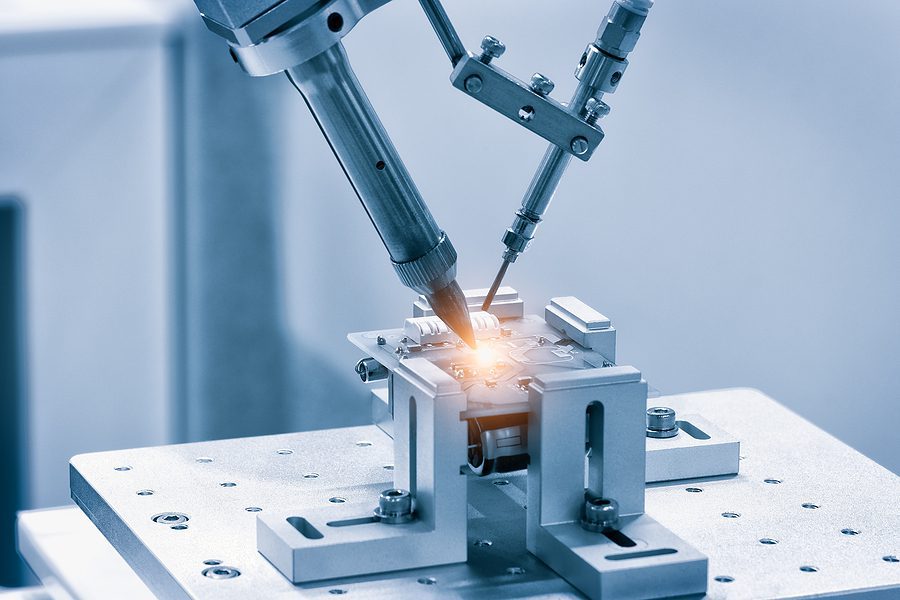PCB Traceability Requirements for Medical Device Manufacturing
Traceability, simply put, is the ability to account for everything throughout the build. In medical device manufacturing, traceability is critical. Everything in a medical device needs to have the ability to be traced back to the source. This is a significant task, since there are many components that go into the manufacturing of a PCB to be used in a medical device.

Documenting During Medical Device Manufacturing
When you are involved in manufacturing any part of a medical device, including a PCB, you need to ensure that the proper documentation is taking place. Documentation ensures that it is easy to identify any parts or products that could be affected by an issue discovered in another product. Not only is this documentation important for your manufacturing success, it is strictly enforced by the FDA. The FDA requires precise product identification, so you and your ECM will need to have an identification system alongside a tracking system to document every part and product being used in a medical device. This documentation will include certifications of compliance, test results, and other product data.
What to Look for in a Medical Device ECM Partner
Your ECM should have a complete understanding and be certified in the standards you are working with. Because the FDA strictly enforces precise product information, it is crucial that your ECM has the right knowledge of the requirements, holds the current, necessary certifications such as ISO 13485, as well as the tracking and documentation systems in place. The more that parts and performance are tracked, the better the performance data will be for analysis and improvement.

What Should the Documentation Look Like?
A good ECM will have a work order documentation system in place for building circuit boards. The serial number that the completed board will carry once it has been built can then be traced all the way back to the original work order.
The documentation system that your ECM uses should include the following:
-
Purchase Order (PO) Data
The order will contain all the POs that were used in procuring the parts and materials for the PCB, including the unassembled PCB, components, sheet metal, cables, and other materials. This should include supplier data codes as well.
-
Manufacturing Process Steps
Most manufacturing processes use between five and fifteen steps, which will include inspection and testing. Traceability will document all the manufacturing steps that were taken during assembly.
-
Manufacturing Technician
Another key component of traceability is knowing which technicians or engineers performed specific operations. When there are questions, it will be easy to go right to the technician involved in the process.
How Do ECMs Manage This Documentation?
Many ECMs are handled by a tracking database that uses scannable barcodes. As each part of the process is completed, the technician will scan the operation barcode and their employee badge. The information will then go into the database for tracking along with the materials. This creates a database for each product that contains all the components, materials, processes, and technicians required for medical device traceability.
Start Your Quote Now!Manufacturers and the FDA both rely on traceability to verify compliance with industry standards and requirements. The documentation, when done correctly and thoroughly, can meet those traceability requirements and not only fulfill them, but ensure that the quality of the medical device is as high as possible. When working with a good ECM, traceability for medical devices will be a top priority. If you’re planning your next medical device and you’re looking for a qualified ECM certified in ISO 13485 to partner with, contact Levison Enterprises today.